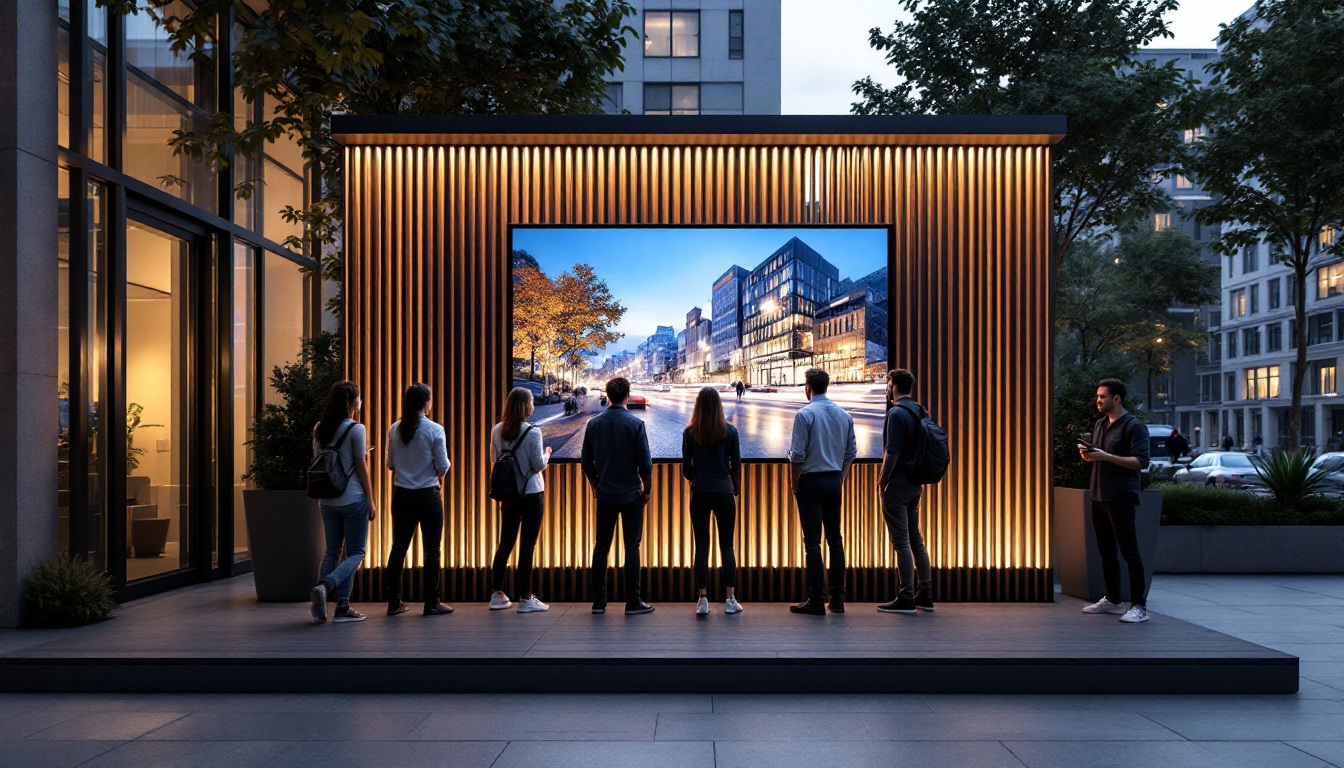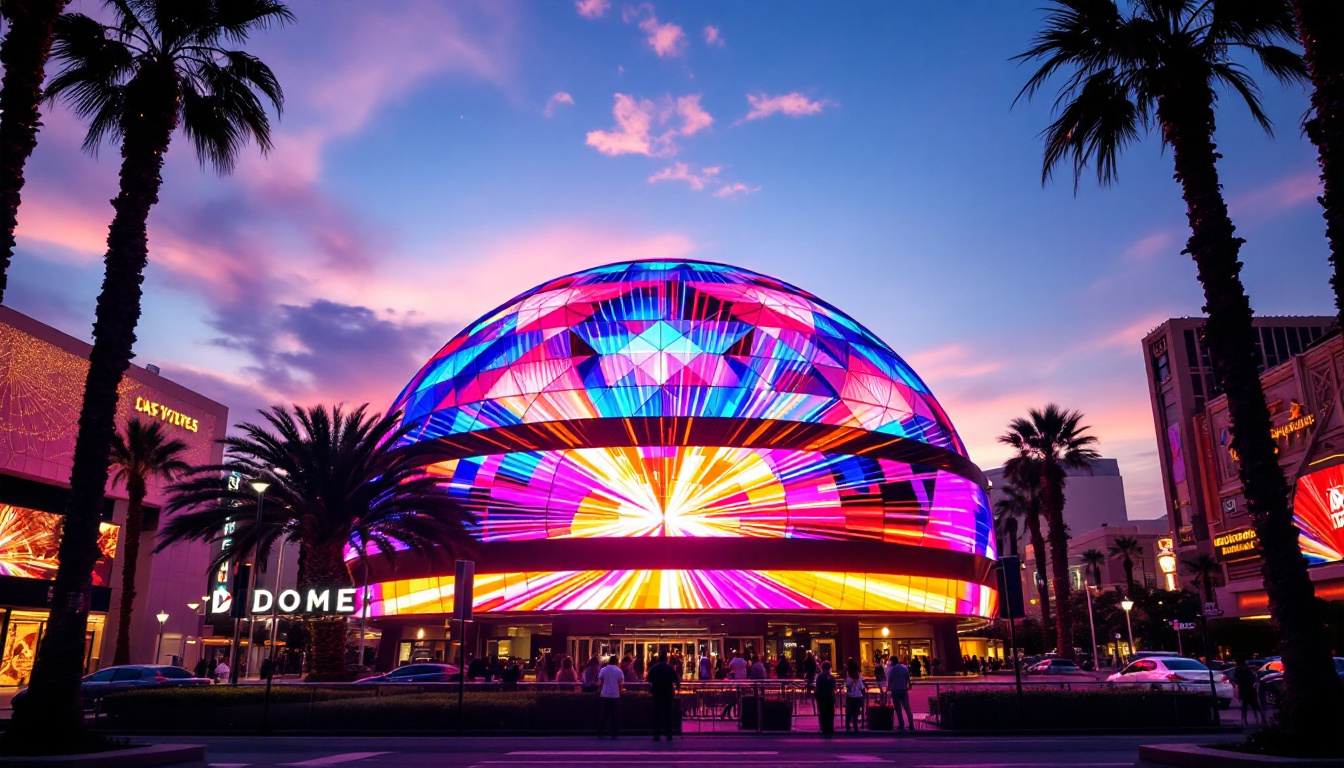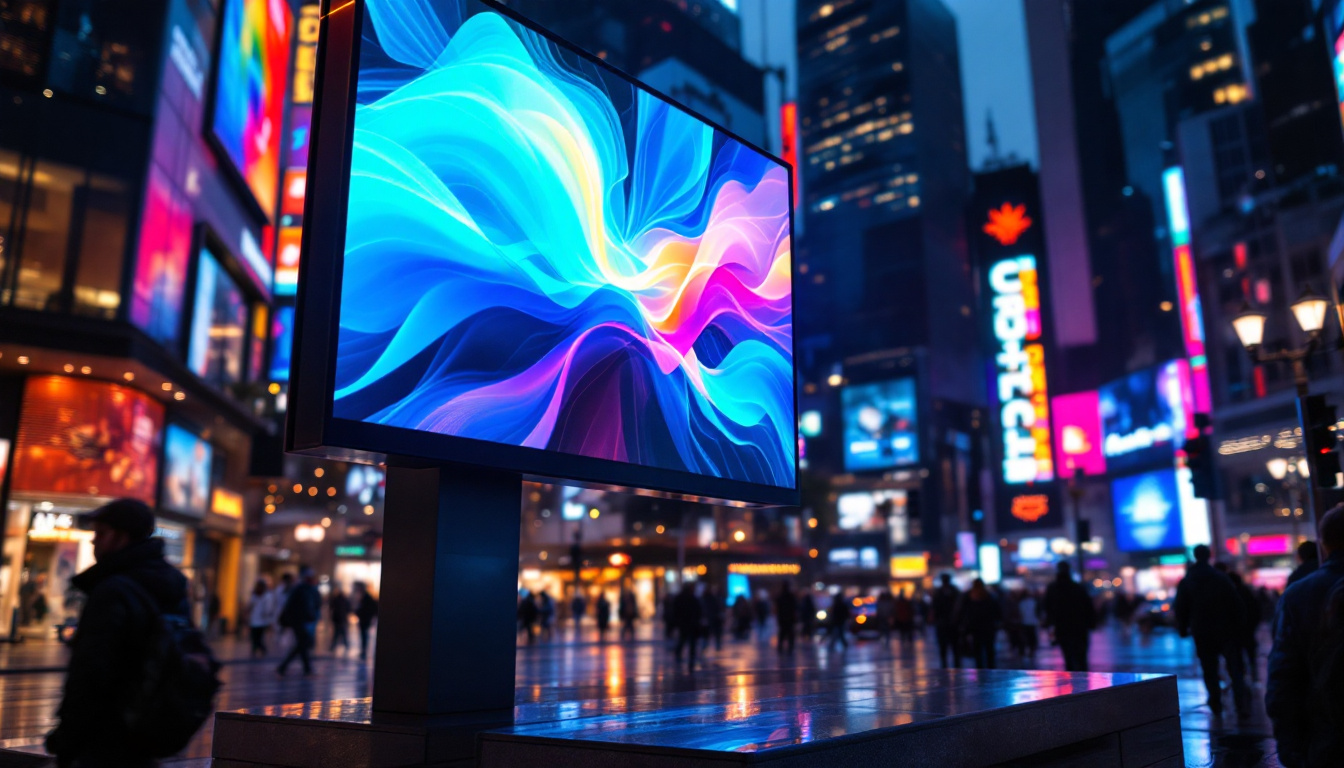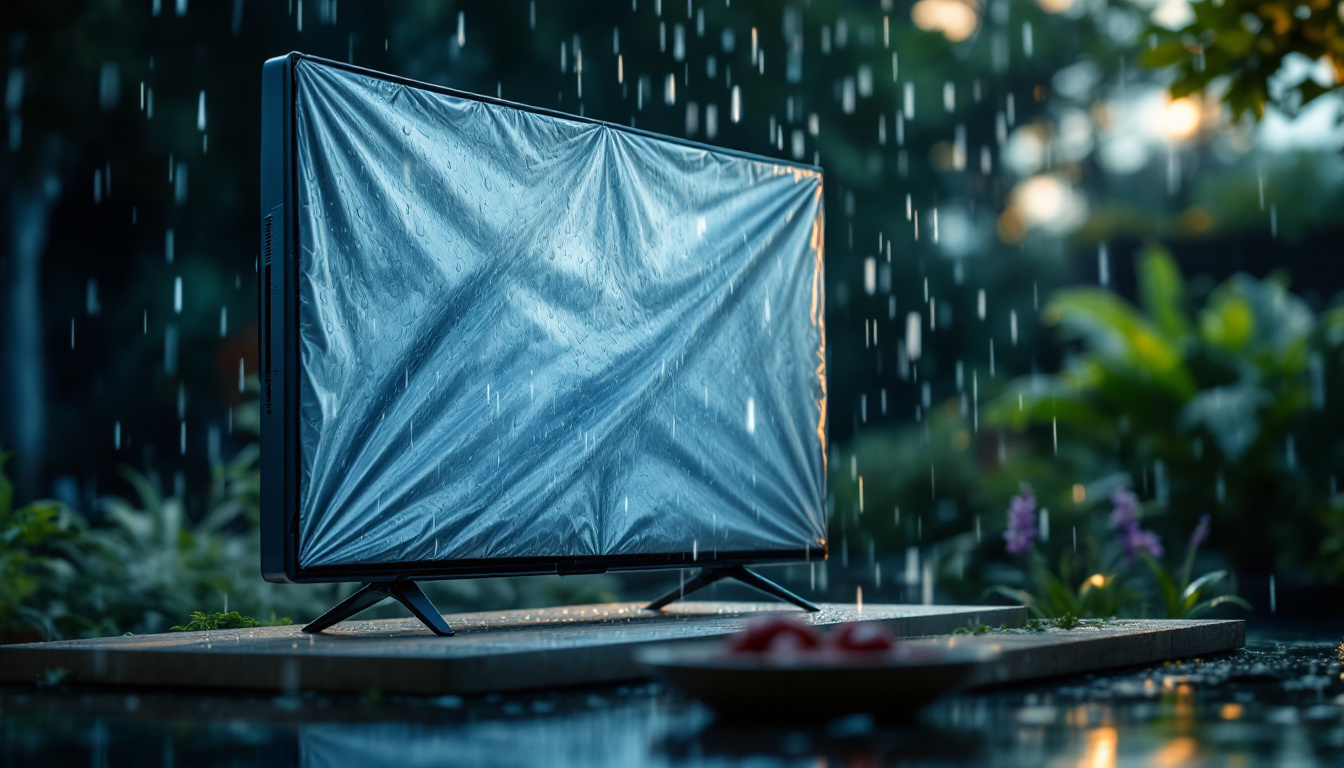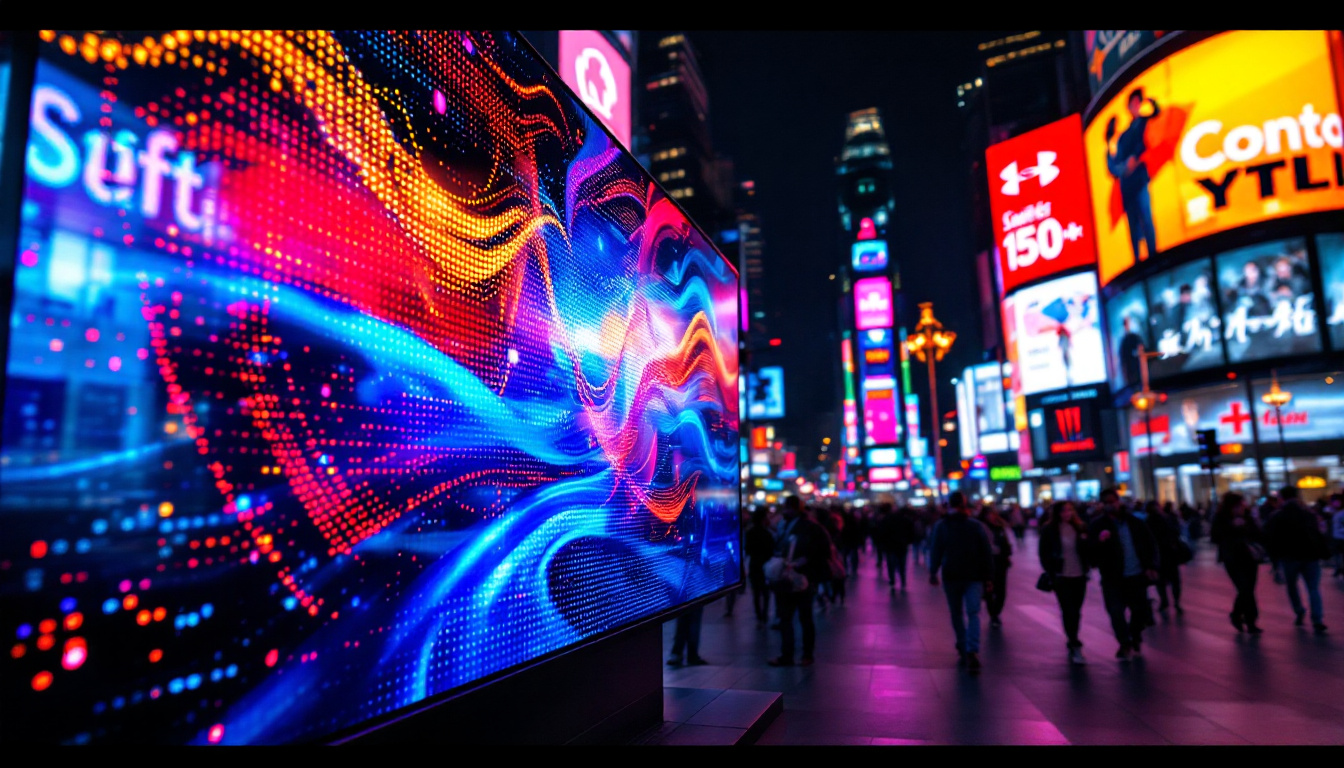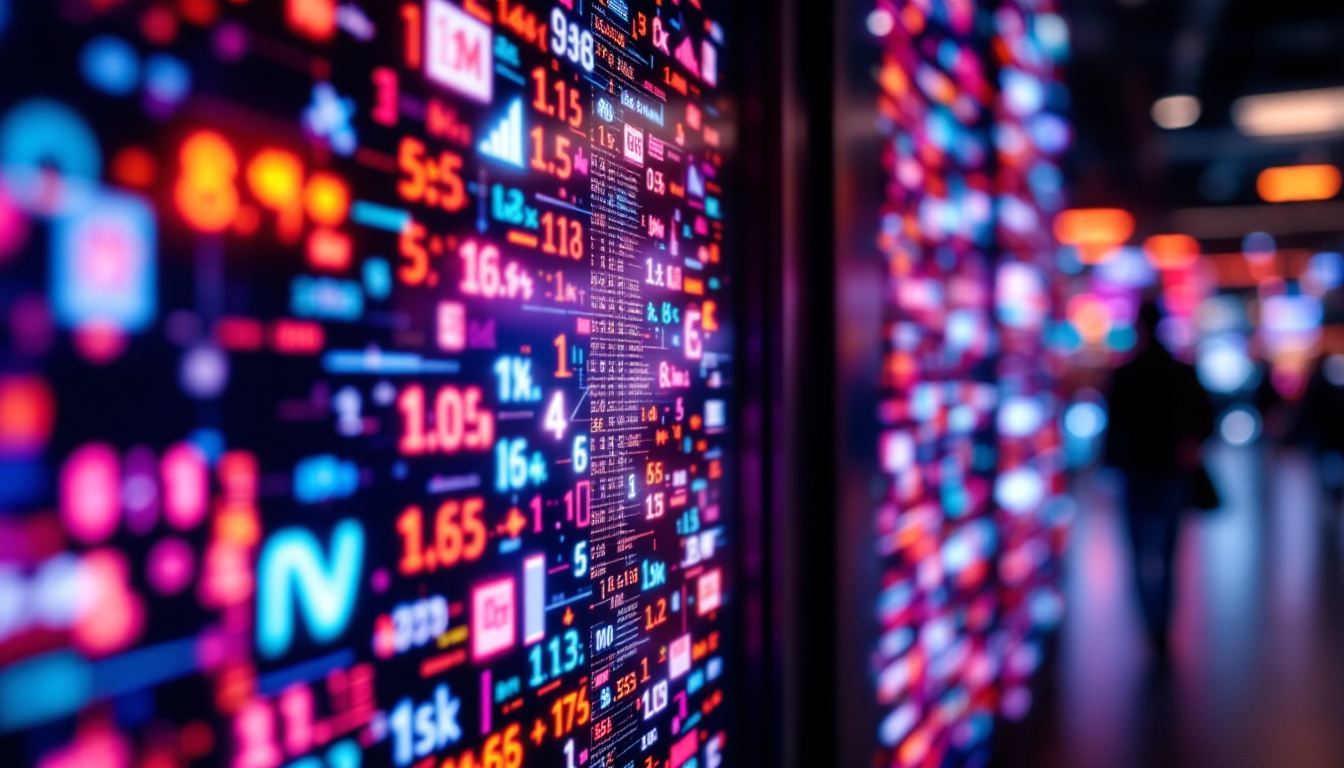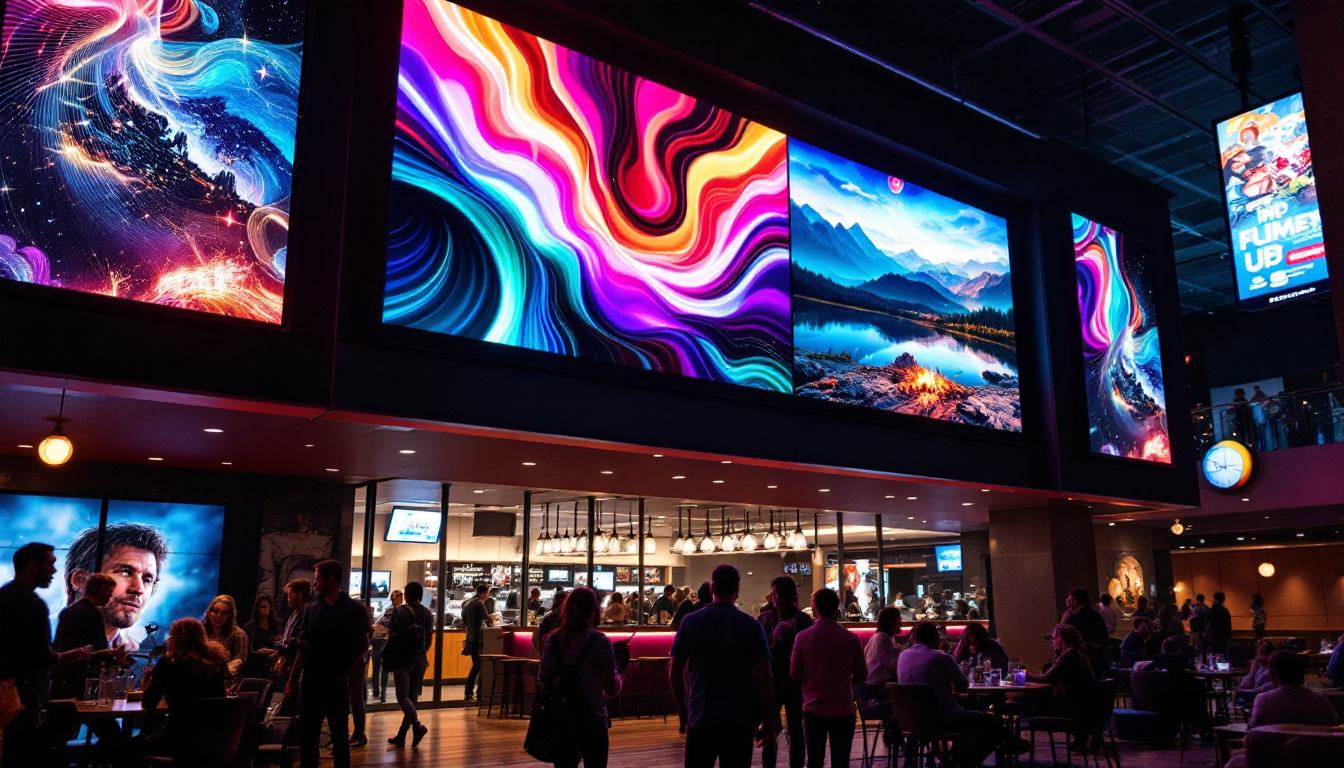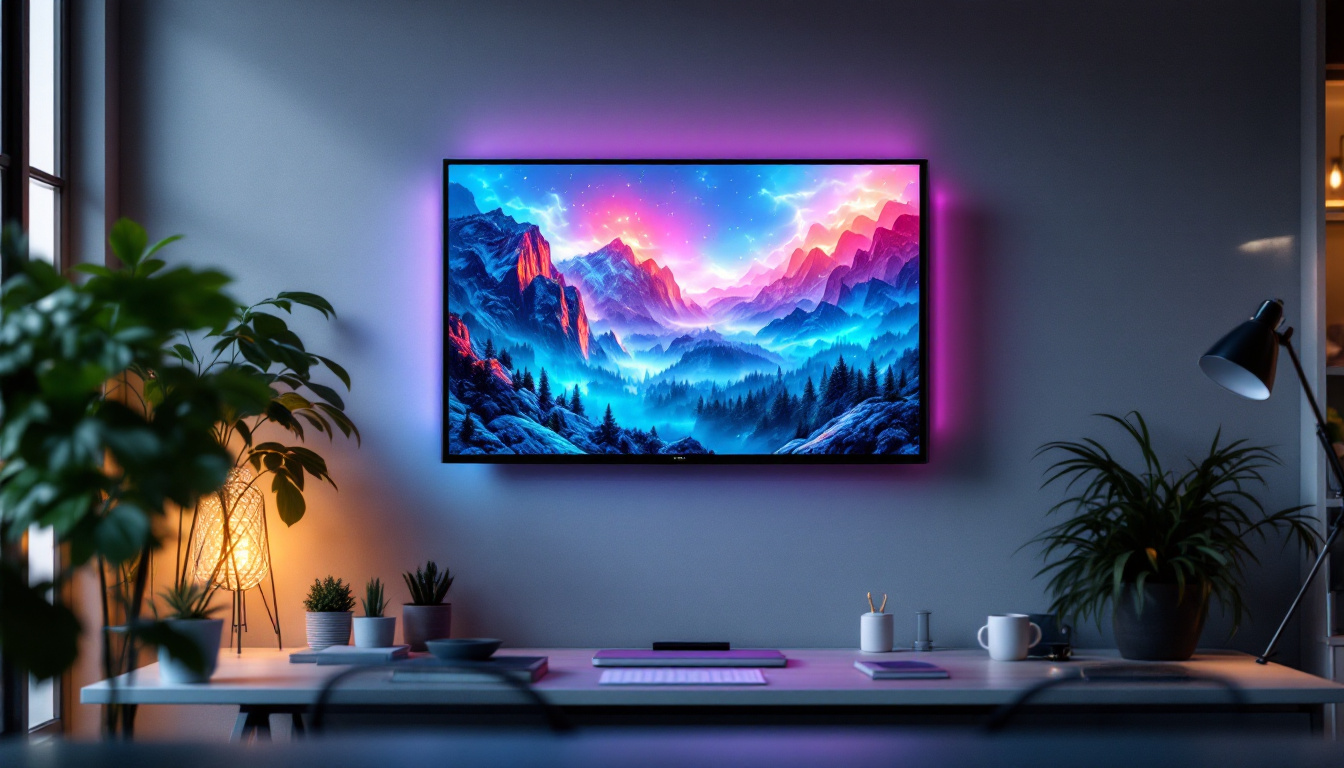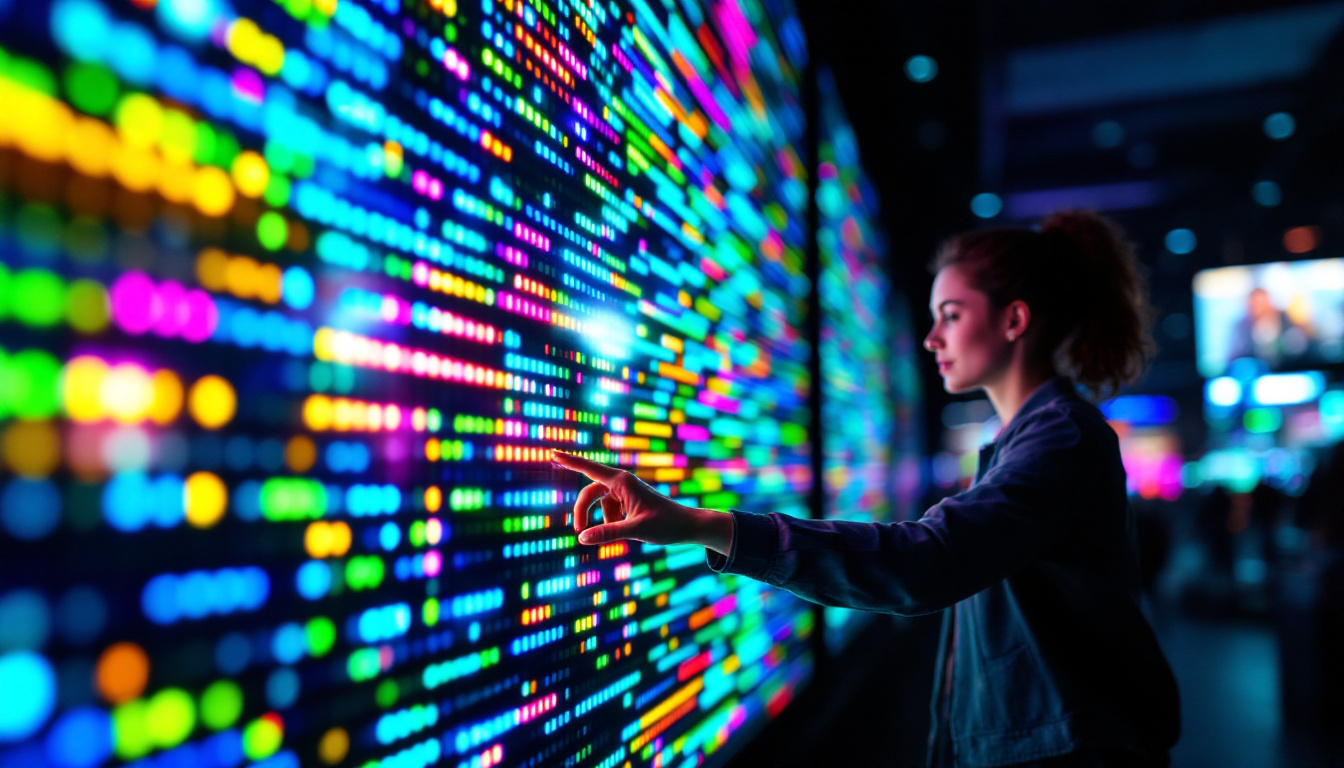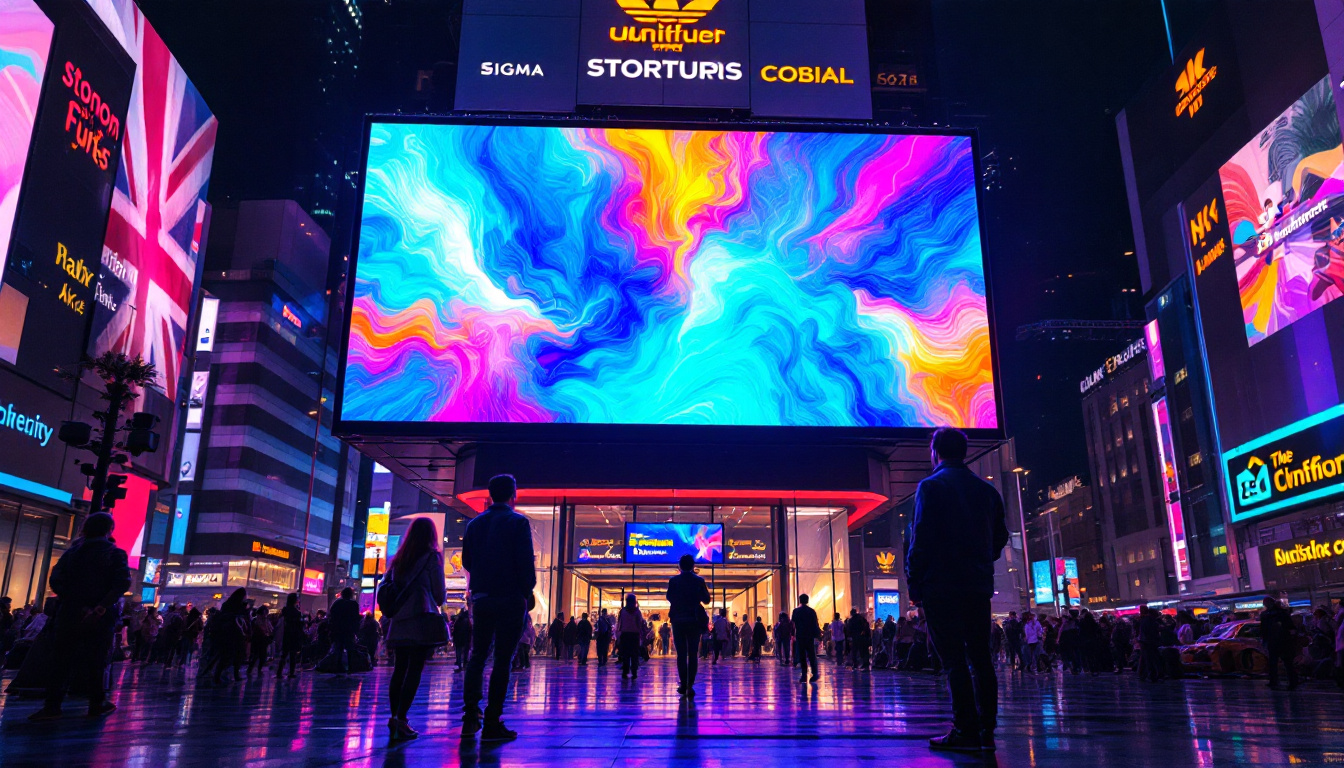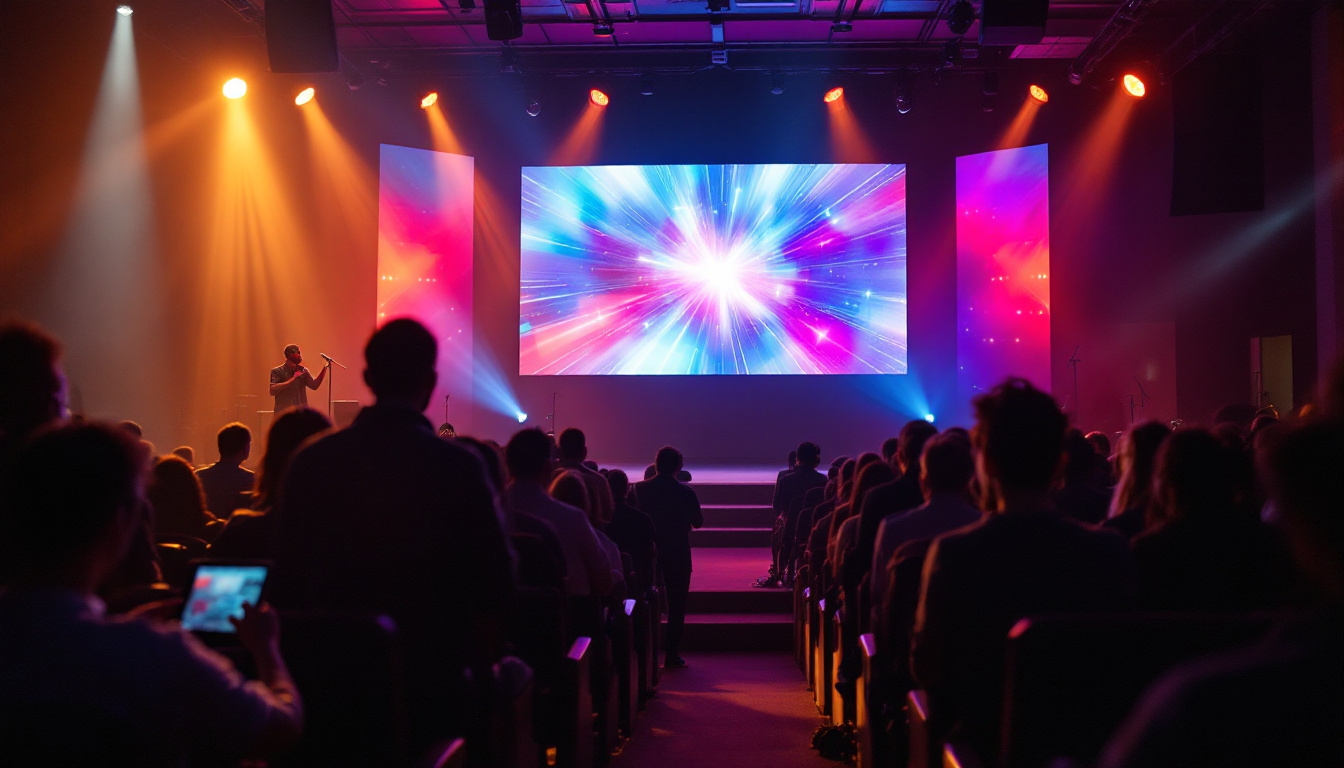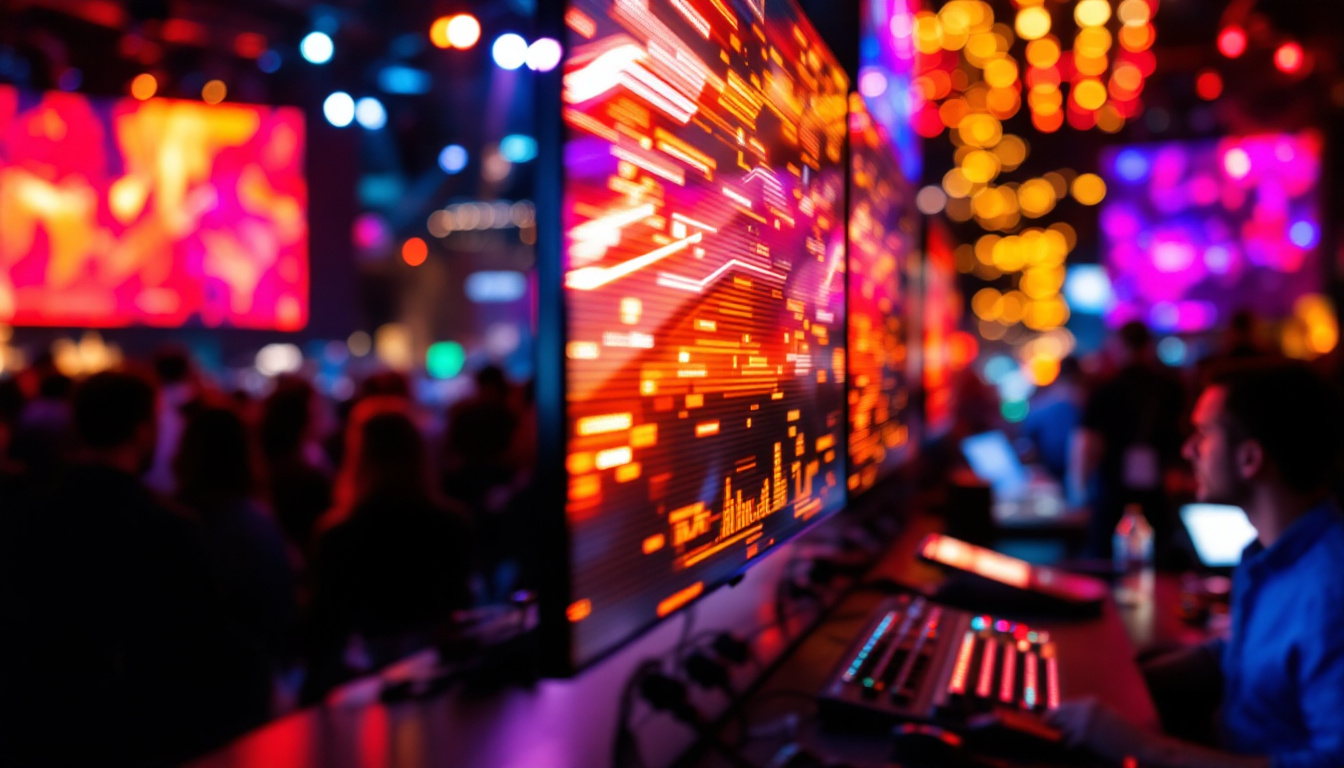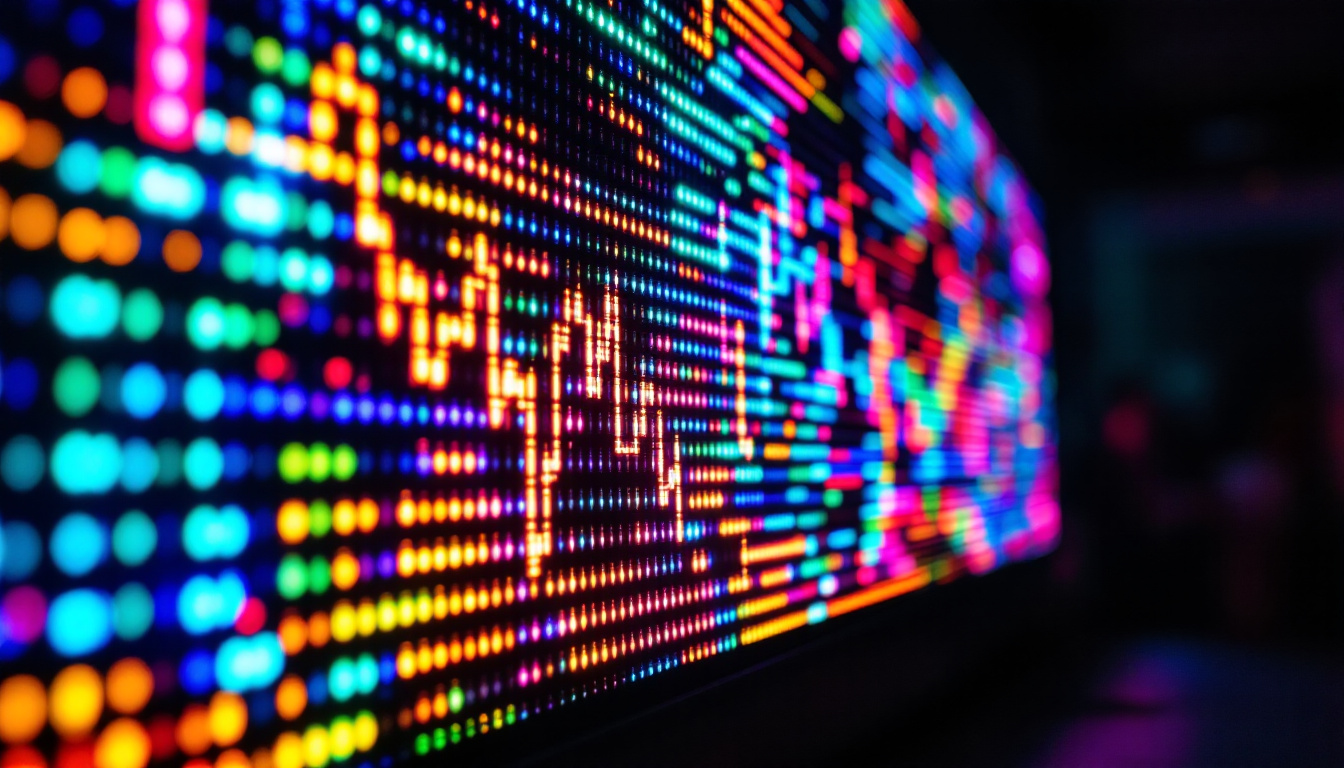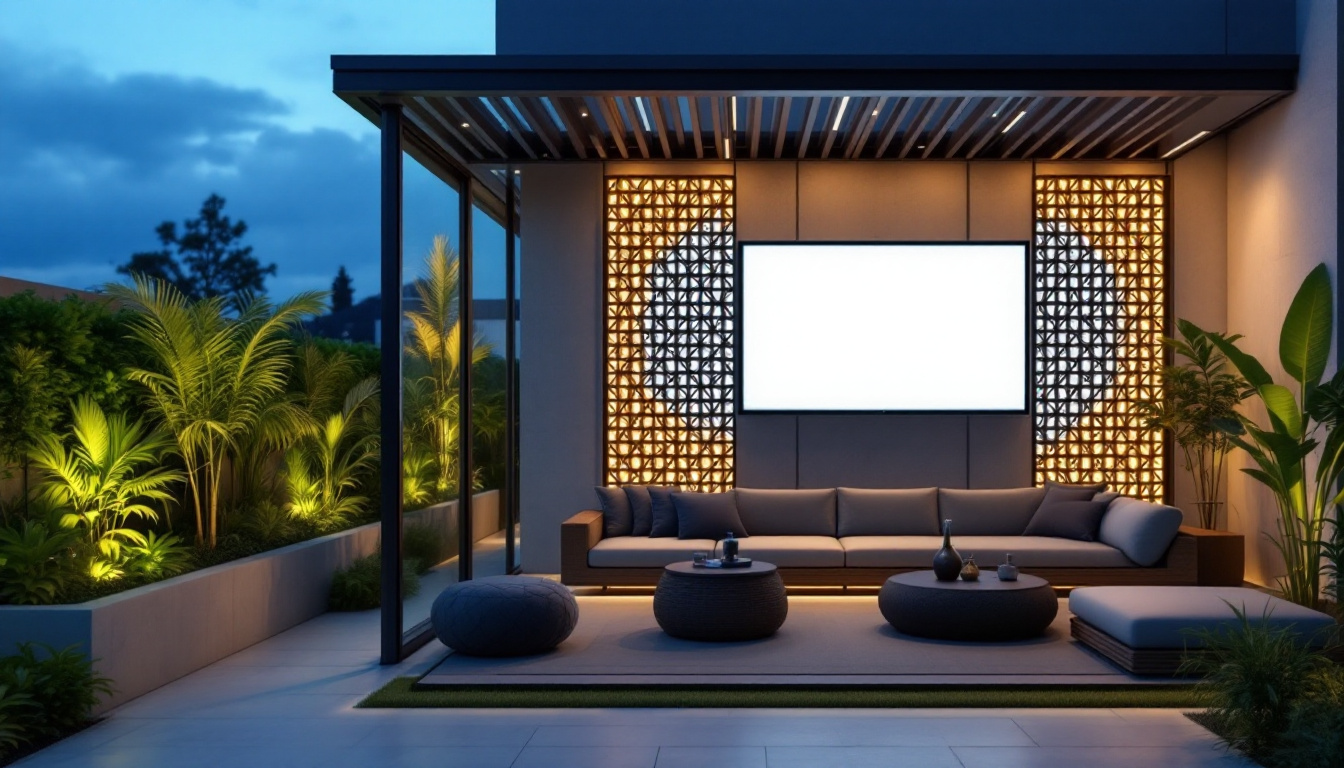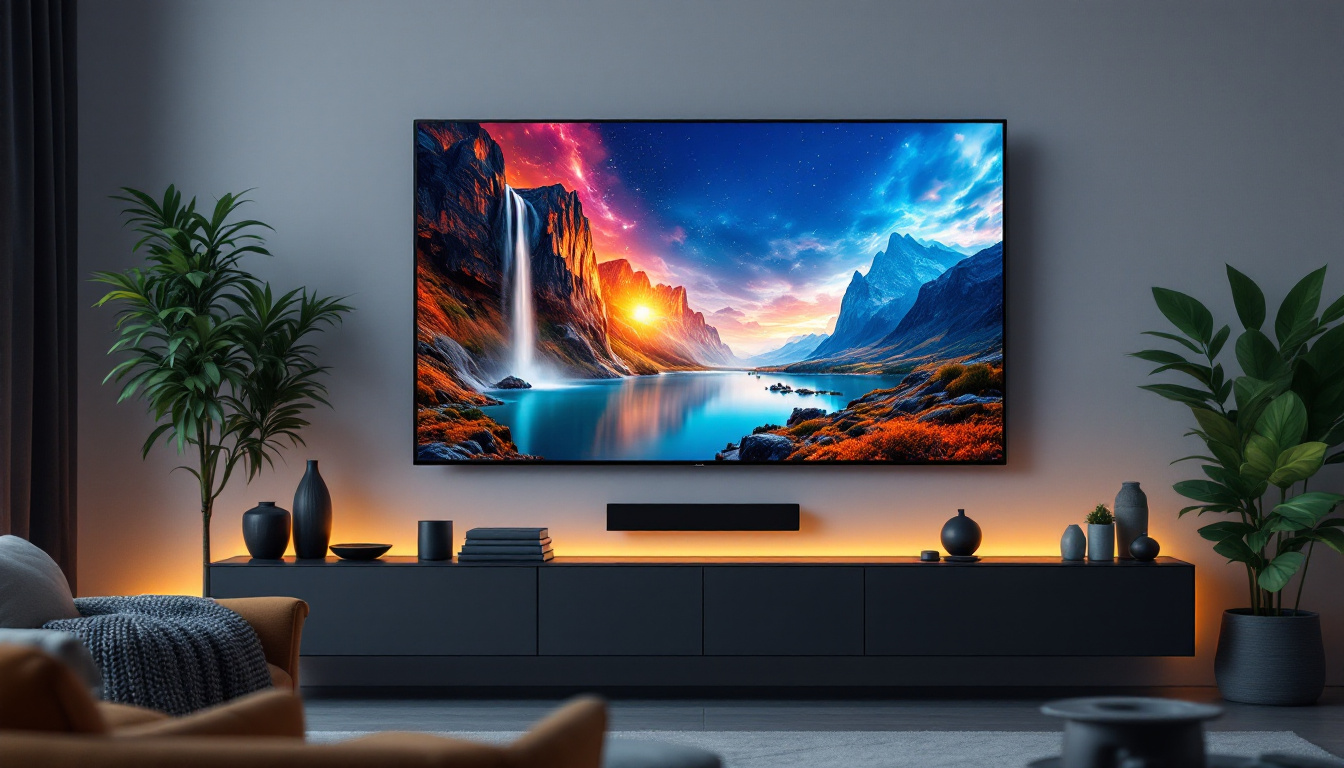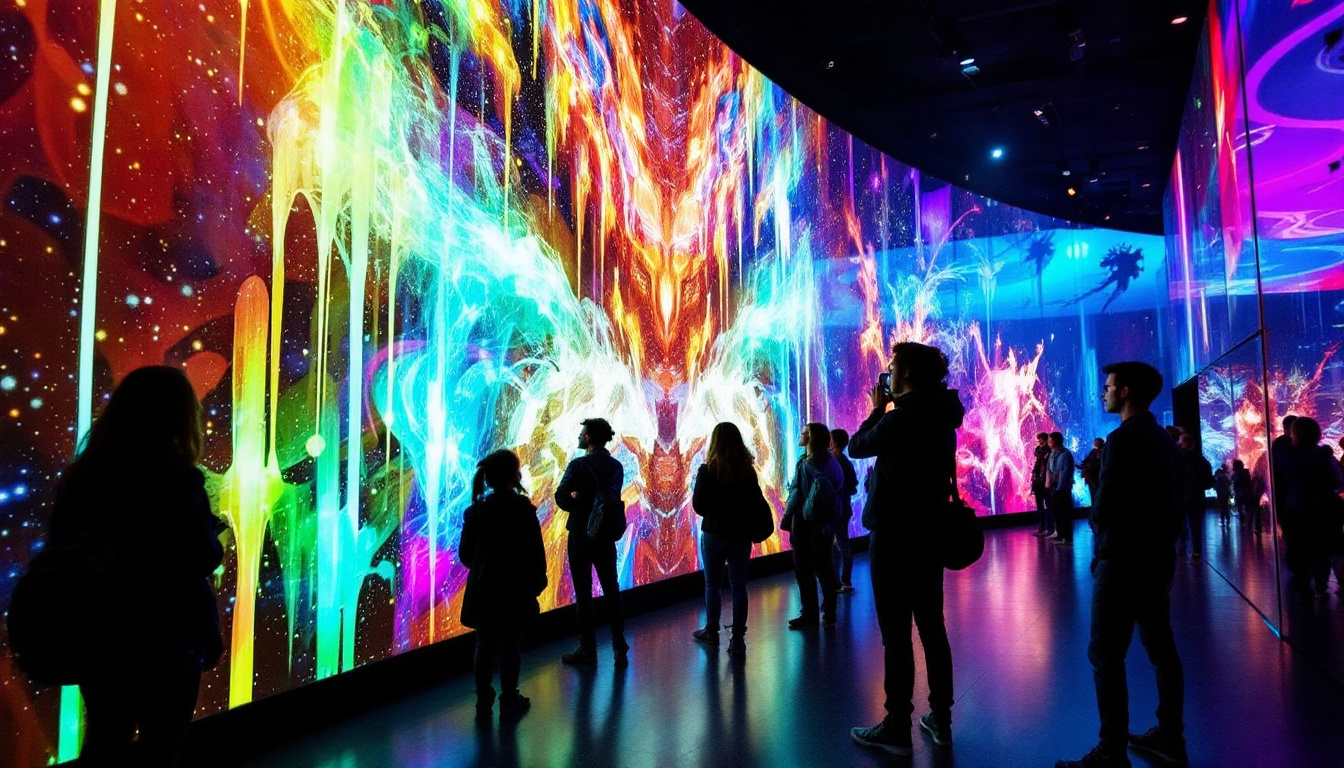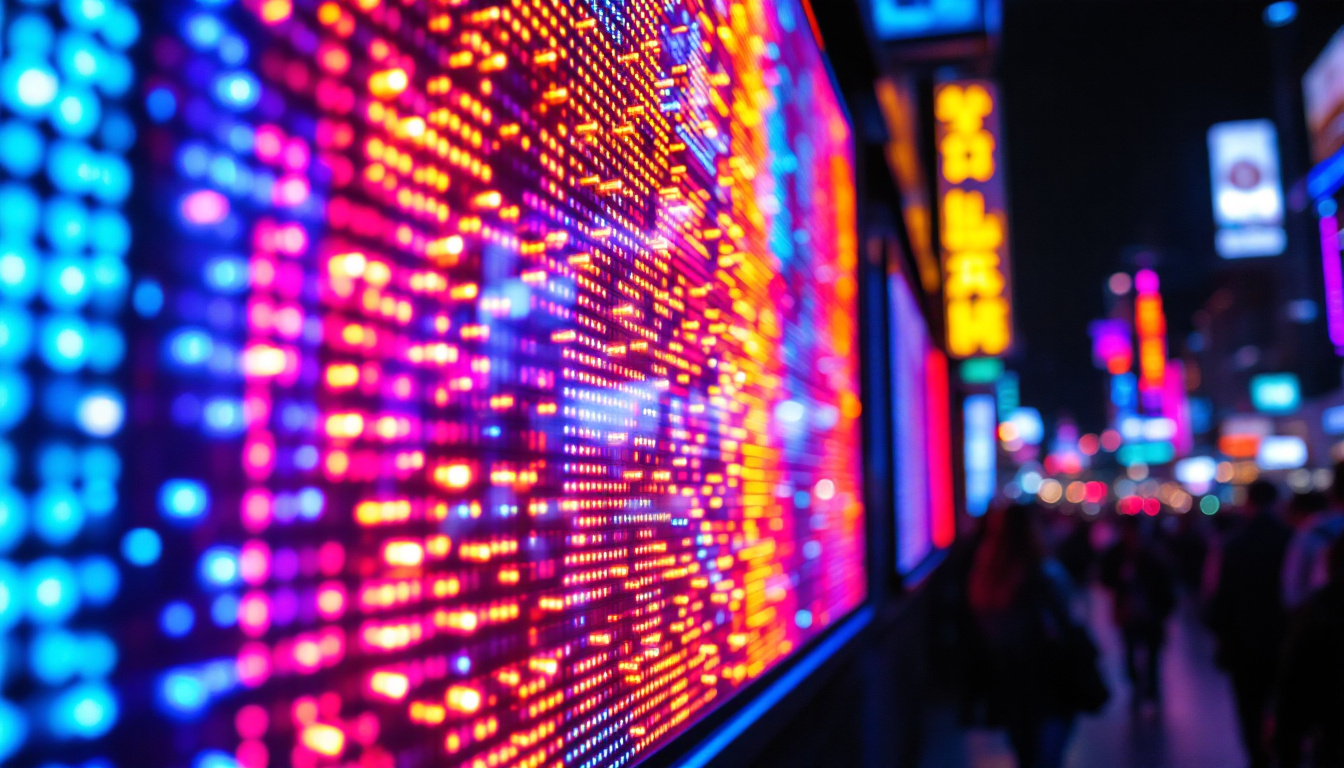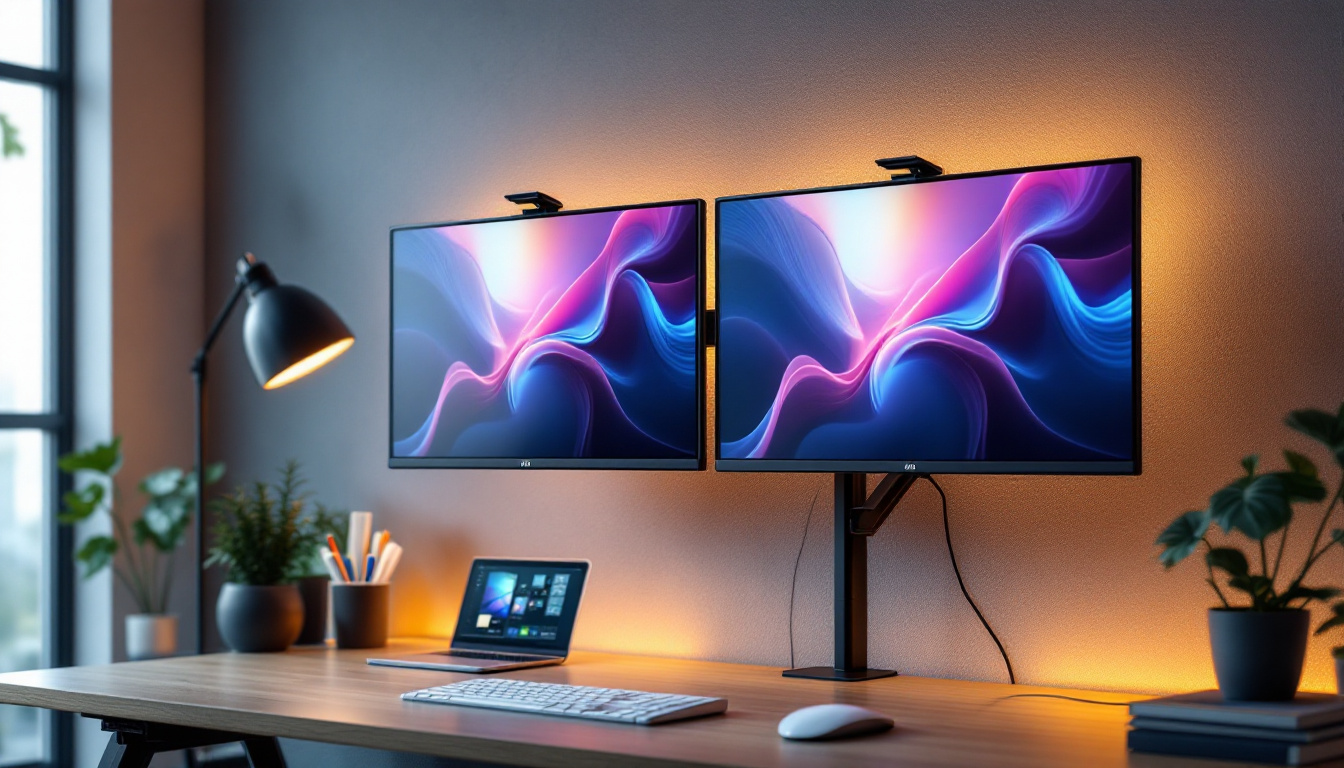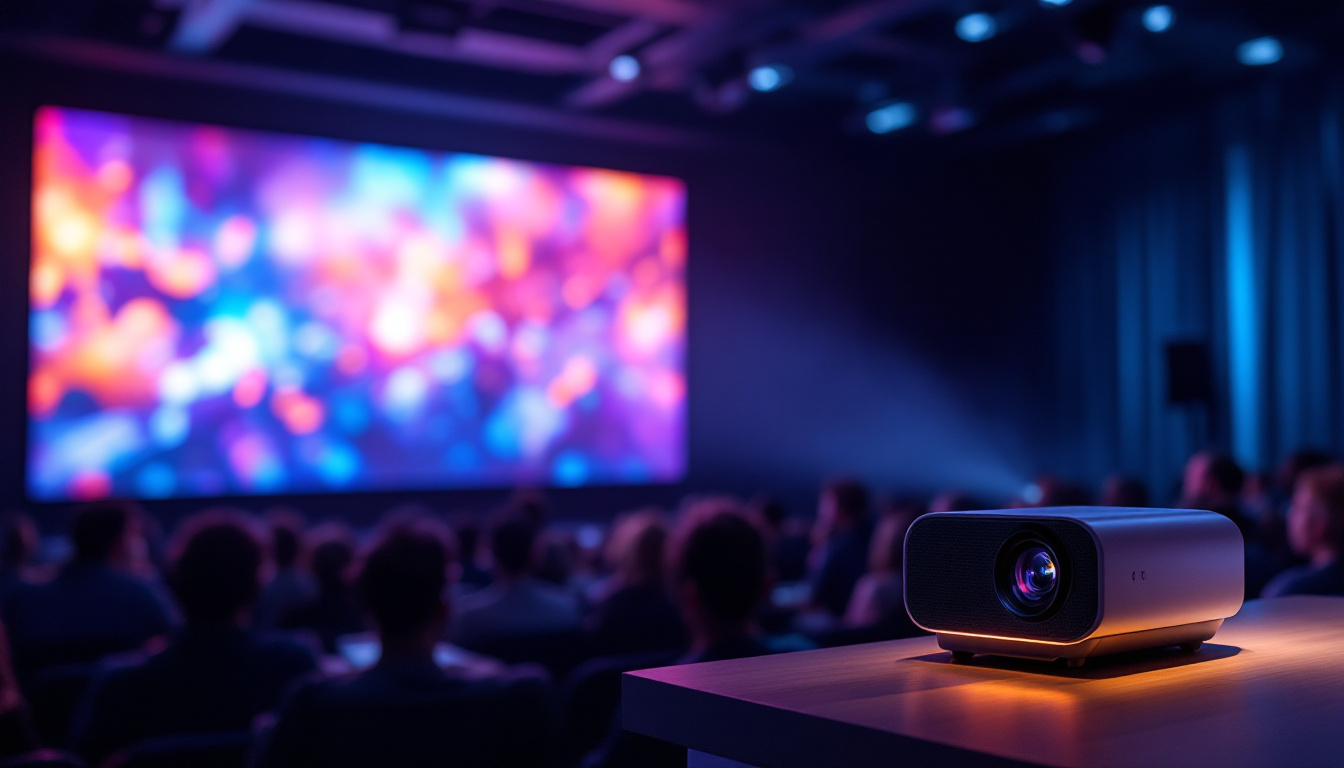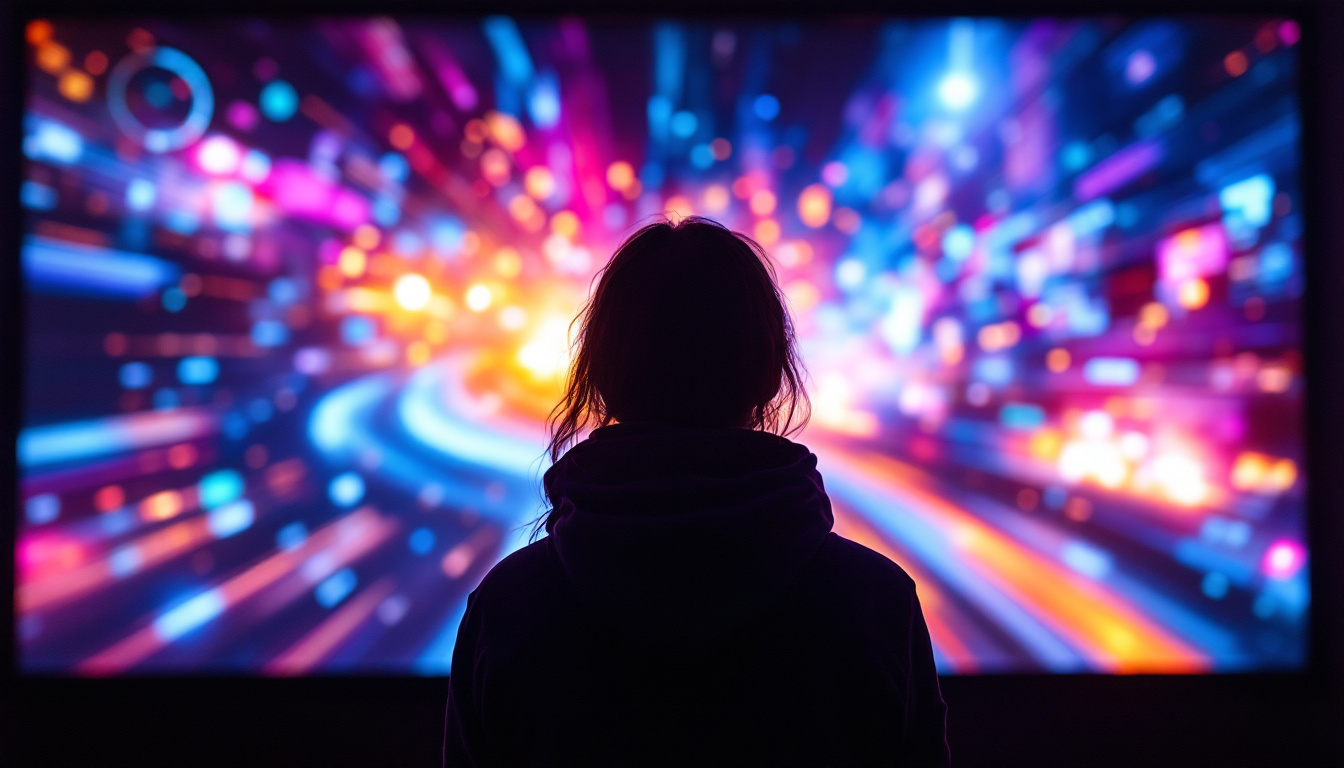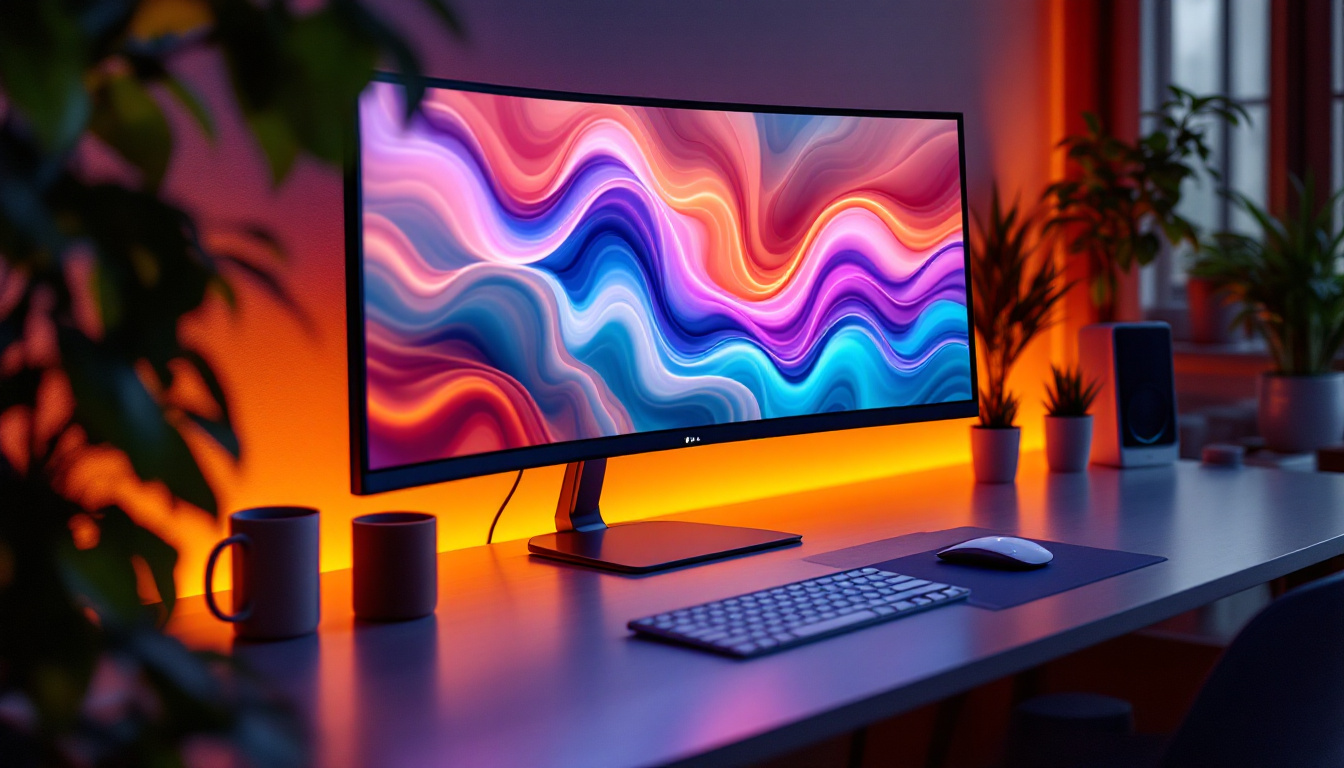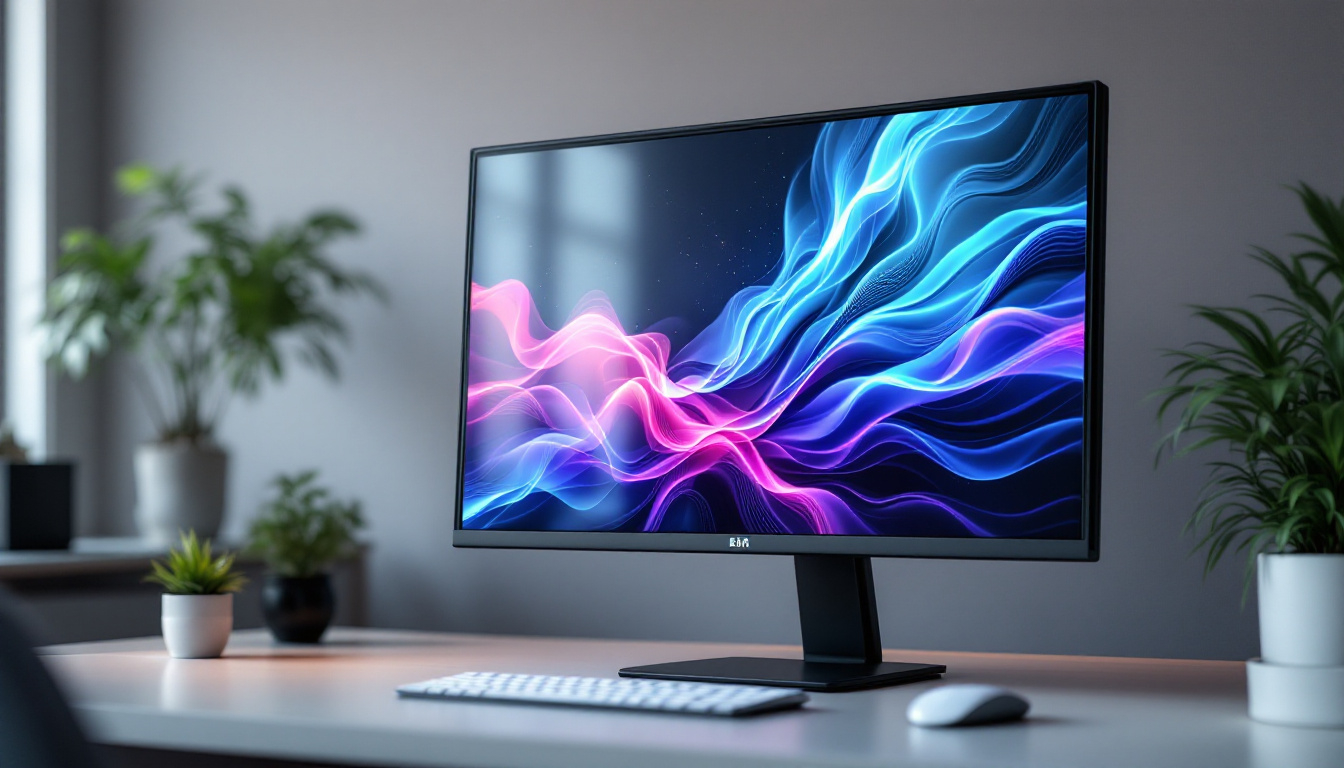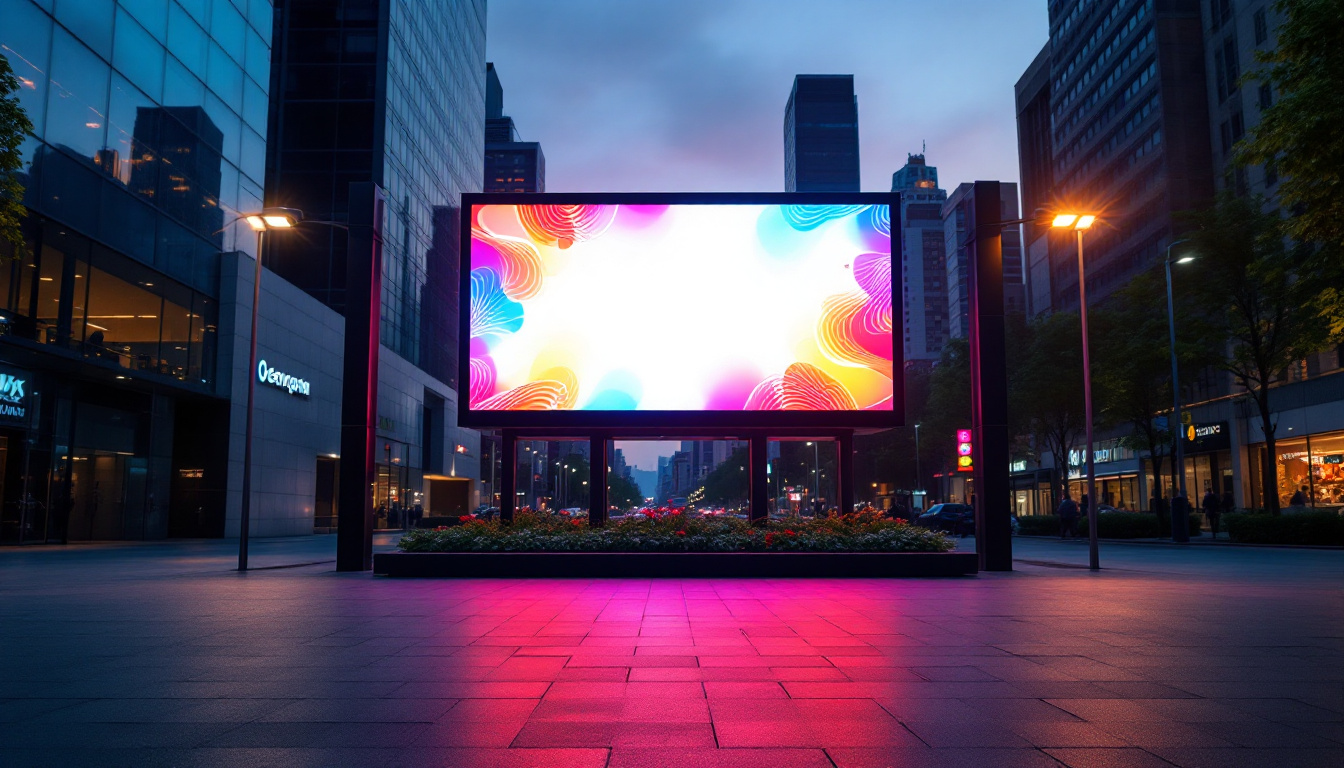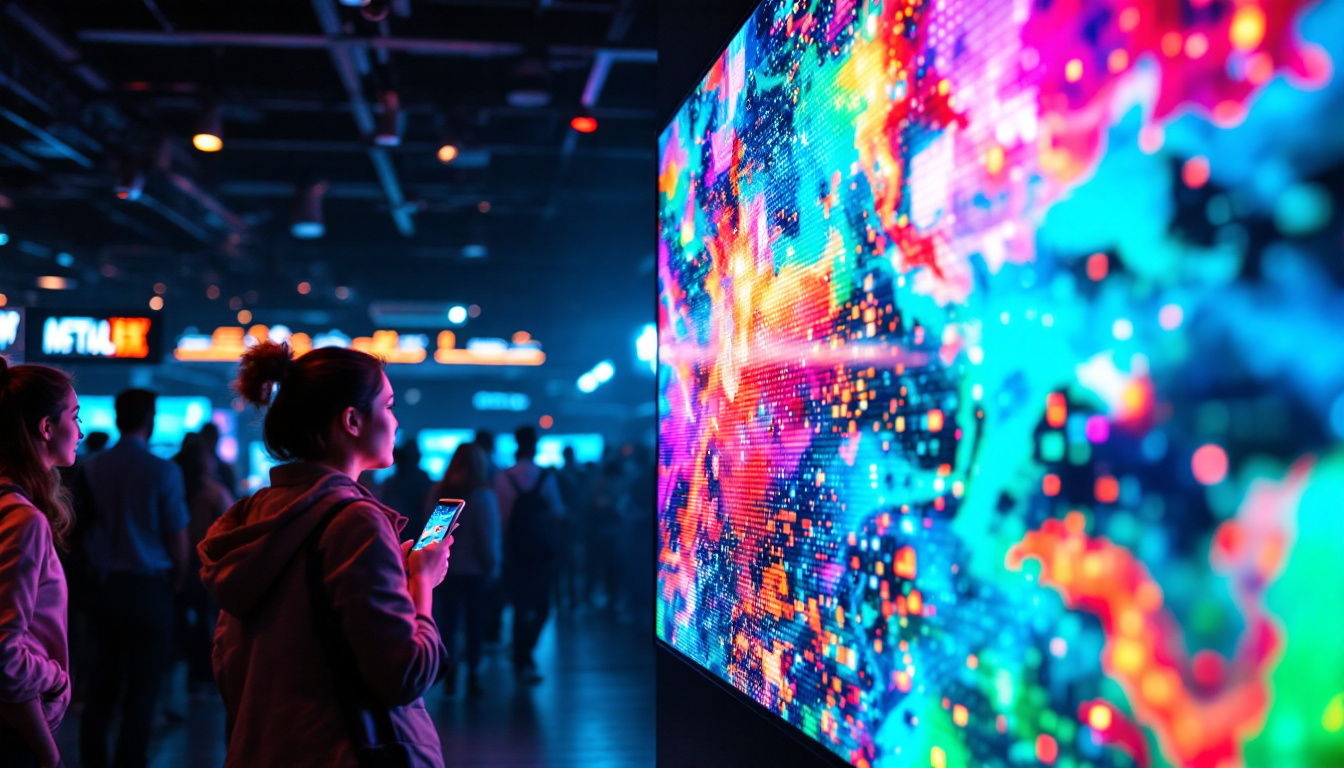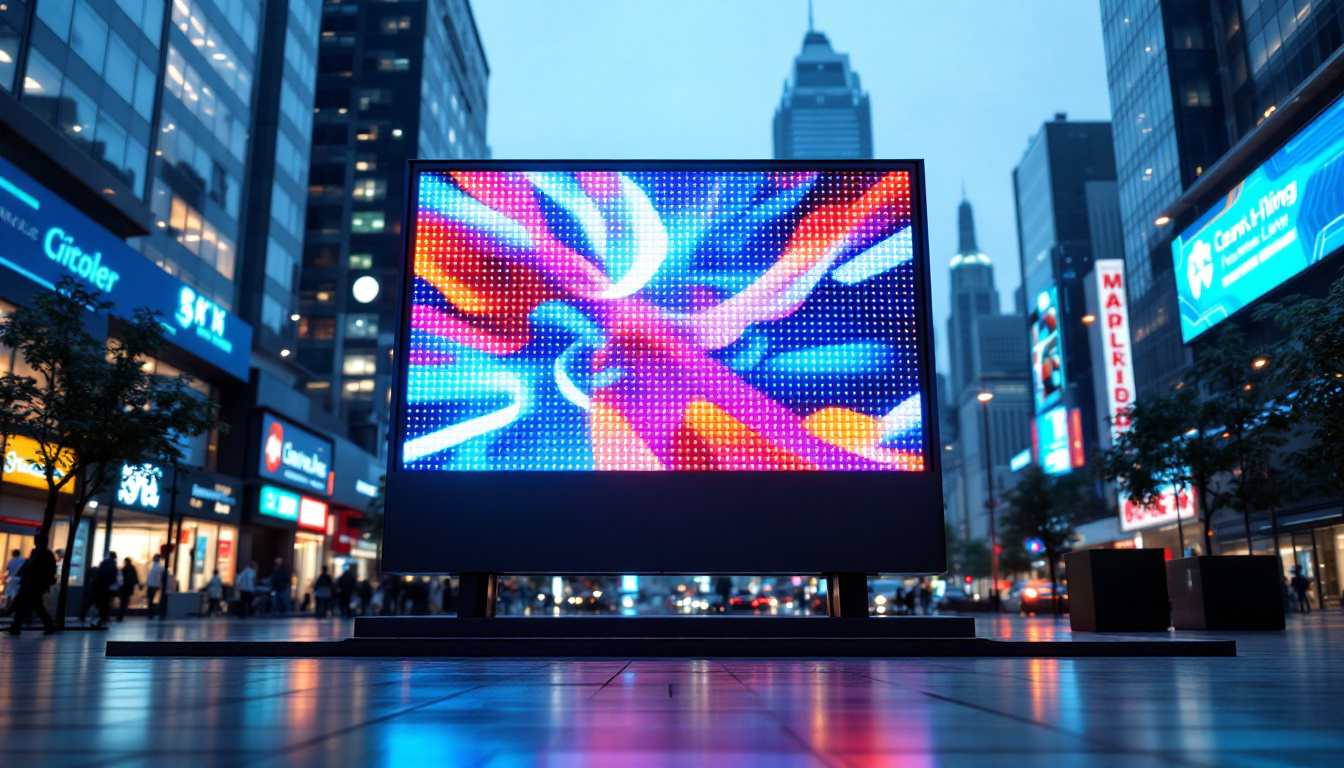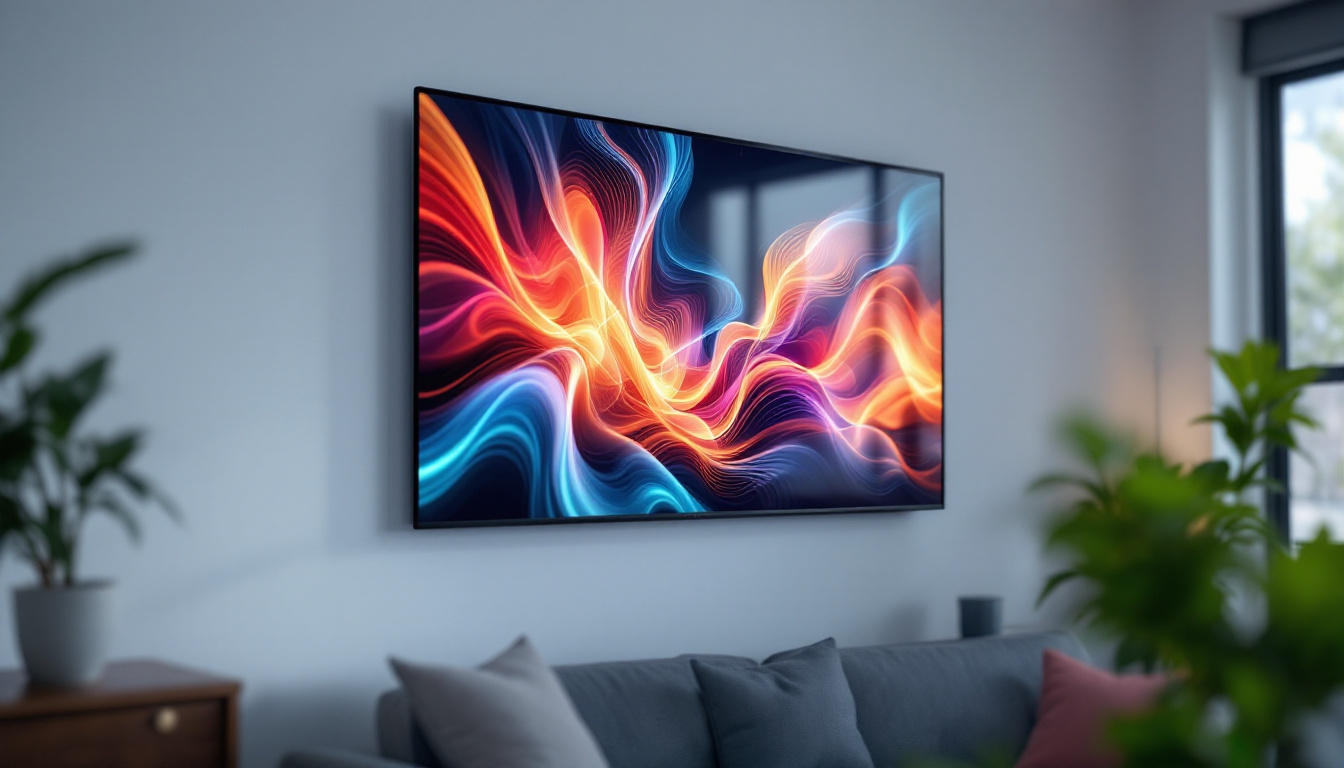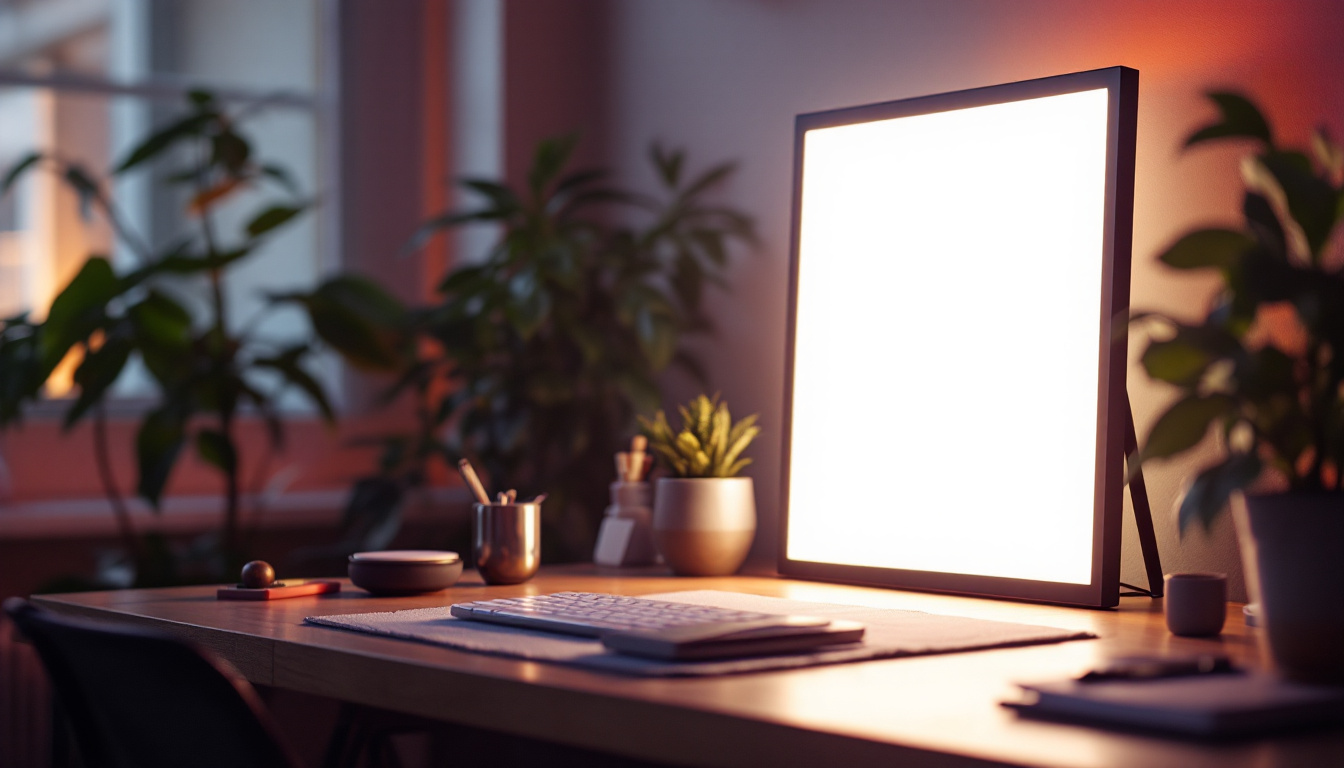In an era where privacy and aesthetics are becoming increasingly important in both residential and commercial spaces, the freestanding privacy wall has emerged as a versatile solution. These walls not only provide a sense of seclusion but also incorporate advanced technology, such as LED displays, to enhance functionality and visual appeal. This article delves into the concept of freestanding privacy walls, their benefits, and how LED displays can transform these structures into dynamic elements of any environment.
Understanding Freestanding Privacy Walls
A freestanding privacy wall is a partition that stands independently, offering separation without the need for additional support or attachment to existing structures. These walls can be made from various materials, including wood, metal, glass, and fabric, allowing for a range of design possibilities. They are ideal for creating private spaces in open environments, such as offices, cafes, and outdoor areas.
Key Features of Freestanding Privacy Walls
Freestanding privacy walls come with several key features that enhance their usability and aesthetic appeal. One of the primary characteristics is their mobility; many designs allow for easy relocation, making them suitable for dynamic environments where layouts frequently change. Additionally, these walls can be customized to fit specific dimensions and styles, ensuring they complement the surrounding decor.
Another notable feature is the ability to integrate technology. With advancements in LED display technology, these walls can serve dual purposes, acting as both a privacy barrier and a medium for communication or advertising. This integration opens up new possibilities for branding, information dissemination, and artistic expression. Furthermore, some designs incorporate sound-absorbing materials, which can help reduce noise levels in busy environments, contributing to a more serene atmosphere.
Applications of Freestanding Privacy Walls
The applications of freestanding privacy walls are vast and varied. In corporate settings, they can create quiet zones for meetings or brainstorming sessions, fostering a more productive work environment. In hospitality venues, they can delineate spaces for events or private dining, enhancing the guest experience. These walls can also serve as backdrops for art installations or promotional displays, adding a creative touch to any space.
Moreover, in residential spaces, these walls can provide a sense of privacy in backyards or patios, allowing homeowners to enjoy their outdoor areas without feeling exposed. They can also be used to define different zones within a larger space, such as separating a play area from a relaxation zone in a garden. The versatility of freestanding privacy walls makes them an attractive option for a wide range of settings, from urban rooftops seeking a cozy retreat to expansive commercial spaces aiming for a more organized layout. Their adaptability not only enhances functionality but also contributes to the overall aesthetic, making them a popular choice among designers and homeowners alike.
The Role of LED Displays in Privacy Walls
LED displays have revolutionized the way information is shared and consumed. When integrated into freestanding privacy walls, they can significantly enhance the functionality of these structures. The combination of privacy and display technology creates a unique opportunity for engagement and interaction.
Enhancing Communication and Branding
One of the most significant advantages of incorporating LED displays into freestanding privacy walls is the ability to communicate effectively. Businesses can use these displays to showcase promotions, events, or important information, ensuring that messages reach their audience in a visually appealing manner. This is particularly beneficial in high-traffic areas where traditional signage may go unnoticed.
Moreover, the dynamic nature of LED displays allows for real-time updates. For instance, a restaurant can change its menu items or daily specials instantly, keeping patrons informed and engaged. This flexibility not only enhances communication but also reinforces brand identity through consistent visual messaging. In addition, the ability to incorporate vibrant colors and animations can capture attention more effectively than static signs, creating a memorable impression and encouraging customers to return.
Creating Interactive Experiences
In addition to static messaging, LED displays can facilitate interactive experiences. Touchscreen technology can be integrated into these walls, allowing users to engage with the content directly. For example, in a retail environment, customers could browse product catalogs or access loyalty programs simply by interacting with the display.
This level of interactivity can transform a freestanding privacy wall into an engaging focal point, drawing attention and encouraging participation. Such experiences can lead to increased customer satisfaction and loyalty, making the investment in LED technology worthwhile. Furthermore, these interactive displays can be programmed to gather user data, providing businesses with valuable insights into customer preferences and behaviors. This data can inform marketing strategies and improve the overall customer experience, creating a cycle of continuous improvement and engagement.
Additionally, the integration of social media feeds into LED displays can foster a sense of community and connection among users. By showcasing user-generated content or live updates from social platforms, businesses can encourage customers to share their experiences and interact with the brand in a more personal way. This not only enhances the overall atmosphere but also promotes a vibrant, dynamic environment that keeps visitors coming back for more.
Design Considerations for LED-Integrated Privacy Walls
When designing a freestanding privacy wall with an integrated LED display, several factors must be considered to ensure functionality and aesthetic appeal. The choice of materials, dimensions, and technology will all play a crucial role in the overall effectiveness of the installation.
Material Selection
The materials used for the privacy wall will significantly influence its durability, appearance, and functionality. For instance, a wall made of glass can create a modern and sleek look while allowing light to filter through, but it may not provide the same level of privacy as a solid wall. Conversely, a wooden or metal wall can offer more seclusion but may require additional design elements to prevent it from appearing too stark.
Additionally, the material should be compatible with the LED technology being used. Some displays may require specific mounting techniques or structural support, which should be taken into account during the design phase.
Size and Scale
The size of the privacy wall and the LED display should be proportionate to the surrounding space. A large display in a small area can overwhelm the environment, while a small display in a spacious setting may go unnoticed. Finding the right balance is essential for creating an inviting and functional space.
Furthermore, the height and width of the privacy wall should be carefully considered to ensure it effectively serves its purpose without obstructing sightlines or creating a feeling of confinement. The goal is to create a comfortable and visually appealing environment.
Installation and Maintenance of LED Privacy Walls
Once the design has been finalized, the installation of a freestanding privacy wall with an LED display requires careful planning and execution. Proper installation is crucial to ensure the wall is stable and the display functions correctly.
Installation Process
The installation process typically involves several steps. First, the location must be prepared, ensuring that the ground is level and that there is access to power sources for the LED display. Next, the privacy wall structure is assembled, followed by the mounting of the LED display. It’s essential to ensure that all connections are secure and that the display is calibrated for optimal performance.
Depending on the complexity of the installation, it may be advisable to hire professionals with experience in both construction and technology integration. This can help avoid potential issues and ensure a seamless installation process.
Ongoing Maintenance
Maintaining a freestanding privacy wall with an LED display involves regular checks and upkeep to ensure both the wall and the display remain in good condition. This includes cleaning the wall surface to prevent dirt and grime buildup, as well as ensuring that the LED display is functioning correctly.
Periodic updates to the content displayed on the LED screen are also necessary to keep the information relevant and engaging. This can be managed through a content management system that allows for easy updates and scheduling of new content.
Cost Considerations
Investing in a freestanding privacy wall with an integrated LED display involves various costs that should be carefully evaluated. The overall budget will depend on several factors, including materials, technology, installation, and ongoing maintenance.
Material and Technology Costs
The choice of materials for the privacy wall will significantly impact the overall cost. High-quality materials may require a larger initial investment but can offer greater durability and aesthetic appeal in the long run. Similarly, the type of LED display selected will also affect the budget. Options range from basic displays to high-resolution models with advanced features, each with varying price points.
Additionally, the integration of interactive technology may incur additional costs for software and hardware, which should be factored into the overall budget. It is essential to assess the specific needs of the space to determine the most cost-effective solutions.
Installation and Maintenance Expenses
Professional installation services can add to the initial costs, but they often ensure a higher quality result. It is crucial to obtain quotes from multiple contractors to find a competitive price while ensuring the expertise required for the project.
Ongoing maintenance costs should also be considered. Regular cleaning, updates to the LED content, and potential repairs can add to the overall expense. However, these costs can be minimized with proper care and regular maintenance schedules.
Conclusion
Freestanding privacy walls with integrated LED displays represent a significant advancement in creating private spaces that are both functional and visually appealing. By combining the benefits of privacy with the dynamic capabilities of LED technology, these walls can transform environments, enhance communication, and create engaging experiences.
As the demand for innovative design solutions continues to grow, the freestanding privacy wall stands out as a versatile option for various applications. Whether in commercial settings or residential spaces, these walls offer a unique blend of privacy, aesthetics, and technology that can elevate any environment.
Ultimately, investing in a freestanding privacy wall with an LED display is not just about creating a physical barrier; it’s about enhancing the overall experience of the space, fostering communication, and embracing the future of design.
Discover LumenMatrix LED Display Solutions
Ready to elevate your space with the perfect blend of privacy and cutting-edge technology? LumenMatrix offers a wide array of LED display solutions that cater to your unique needs. From enhancing brand visibility with our Indoor and Outdoor LED Wall Displays to creating immersive environments with Floor and Custom LED Displays, we have the technology to bring your vision to life. Experience the future of design and transform your environment today. Check out LumenMatrix LED Display Solutions and start your journey towards impactful visual communication.

